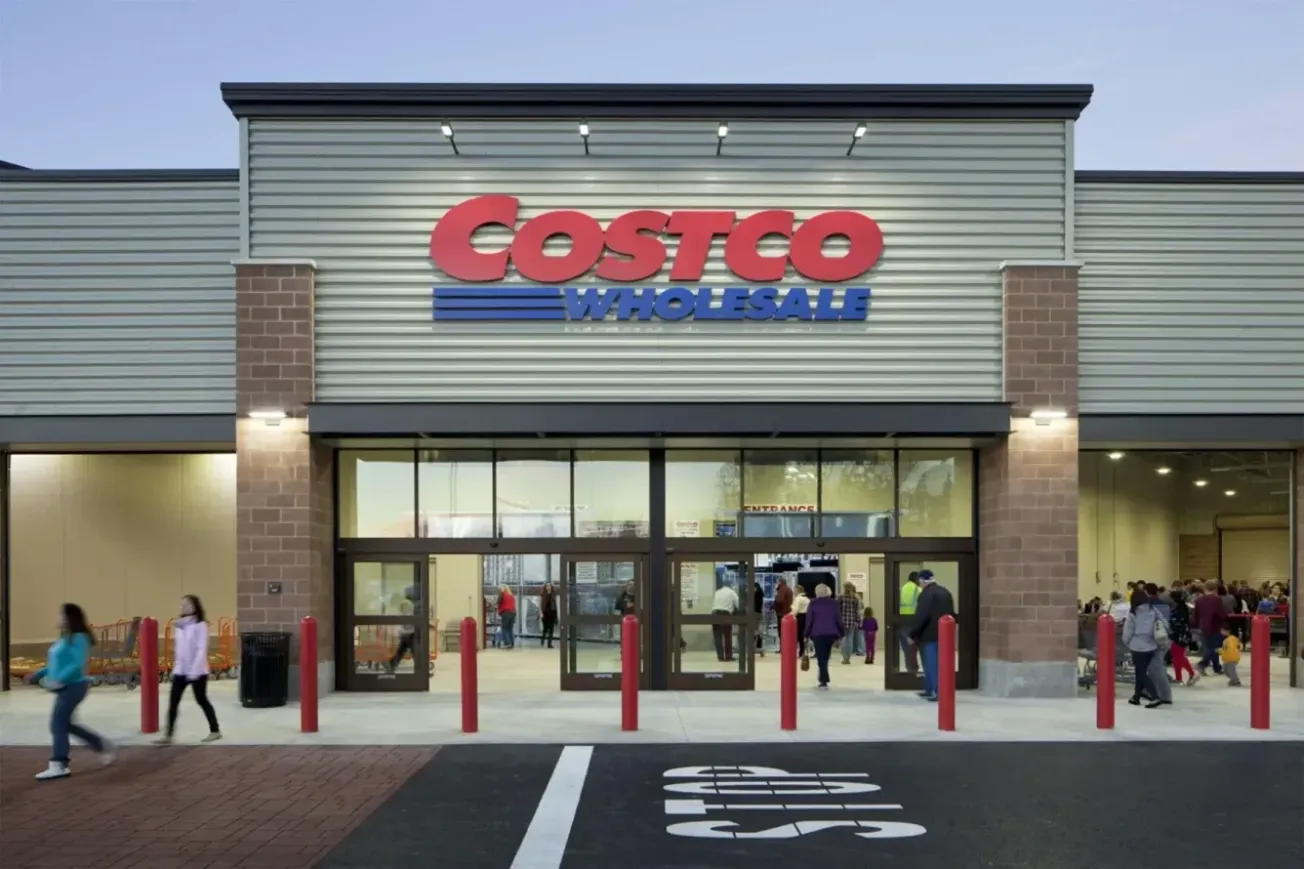Diet fads may come and go, but there’s one important trend that is quickly gaining momentum: shopping by diet. As the Greek physician Hippocrates noted centuries ago, “Let food be thy medicine, and medicine be thy food.” Food as medicine may be an ancient trend, but today’s health-conscious shoppers are embracing it in increasing numbers, and it’s here to stay.
According to FMI – The Food Industry Association’s “2024 Report on Food Industry Contributions to Health & Well-Being,” 70% of food industry companies that were surveyed said they have strategies in place for nutrition, health and well-being.Nearly two-thirds of those consumers (63%) identified disease prevention and health promotion as top areas of focus. These shoppers are profitable, too; more than half of them (55%) are willing to pay more for healthy food, a Deloitte report found.
Supermarkets are responding to these consumers with Shop by Diet strategies that help shoppers make food choices that align with their desired goals as they build their online shopping lists. There’s a catch, though: identifying the right products for a consumer’s preferences can be a time-intensive, error-prone process.
AI Helps Answer the Challenges in Shop by Diet Initiatives
Consider a sampling of the food categories that are important to consumers: Keto Friendly, Plant Based, Gluten Free, Mediterranean, Dairy Free, Low Salt, Low Fat, No Added Sugar, and many more. Now, let’s assume you’re a national supermarket retailer with thousands of locations and tens of thousands of SKUs. Even with a team of content specialists, it’s virtually impossible to manually enter information from the product package and select the appropriate categories for a constantly changing assortment of products. It’s a process that simply can’t scale and inevitably leads to inaccurate, incomplete data.
That’s why supermarkets are increasingly looking to AI to power their Shop by Diet programs. Advanced AI can easily extract product information from multiple sources and automatically attribute the product to the correct category. It can then enrich the information to create the right search and navigation requirements to help consumers find the best products for their health and wellness needs.
The benefits increase exponentially when AI includes continually updated data at the core, and then ensures that the same set of data is available to every user in every department, across every application. This eliminates data inconsistencies and streamlines decision-making processes. AI can learn more about your customers every day, allowing it to identify opportunities for growth; it can also power generative AI solutions that require enriched, current data for copywriting in brand voice, auto-attribution, advertising and other marketing needs.
The end result is a vastly improved customer experience. For example, when a shopper builds an online grocery list, they can easily find what they’re looking for, since the underlying AI will have automatically identified, categorized and search-optimized the product data. Grocers can be assured that the information their customers see is accurate, up to date and easy to find — increasing shopper loyalty while also boosting profits.
Beyond Shopping by Diet: How AI Can Unlock Other Opportunities
Advanced AI technology can even help retailers take Shopping by Diet to a whole new level. With a common AI platform, Shopping by Diet initiatives can span a number of different data-centric applications that improve sell-through, profit and the customer experience.
For example, after AI reads the product label and extracts all the key information, the data can be stored and used for insights and analytics that provide product intelligence, recommendations for sales and pricing, and more. This AI-enhanced product information will power a number of merchandising and marketing needs.
For example, a retailer’s category management solution can recommend actual product demand based on the AI data, then factor it into the assortment plan, managing shelf categories and even placement on the shelf. The data can also be used for dynamic pricing and promotion optimization, enabling planners to instantly see the impact of their strategies in sales, profit, cross-promotional impact and incremental demand. AI can also be used for personalized offers, replenishment and even supply chain visibility.
These are just a few examples of how AI not only makes Shopping by Diet a reality but can also create a positive ripple effect throughout the entire organization.
Creating customer loyalty is an ongoing challenge for retailers, but Shopping by Diet creates an opportunity for grocers to turn fickle consumers into loyal customers. It’s a winning strategy on multiple levels: Shoppers will reward the grocers that make it easy to find the products that support their health and nutrition goals, and retailers can cater to them while also improving many other areas of operations. AI is the key ingredient that makes it happen.
Sara Meza is senior vice president and chief digital officer for Digital Wave Technology.






